Everyday objects from a Roman villa by Stefano Serusi
- by Redazione
- in Archaeological Museum
- on 30 July 2021
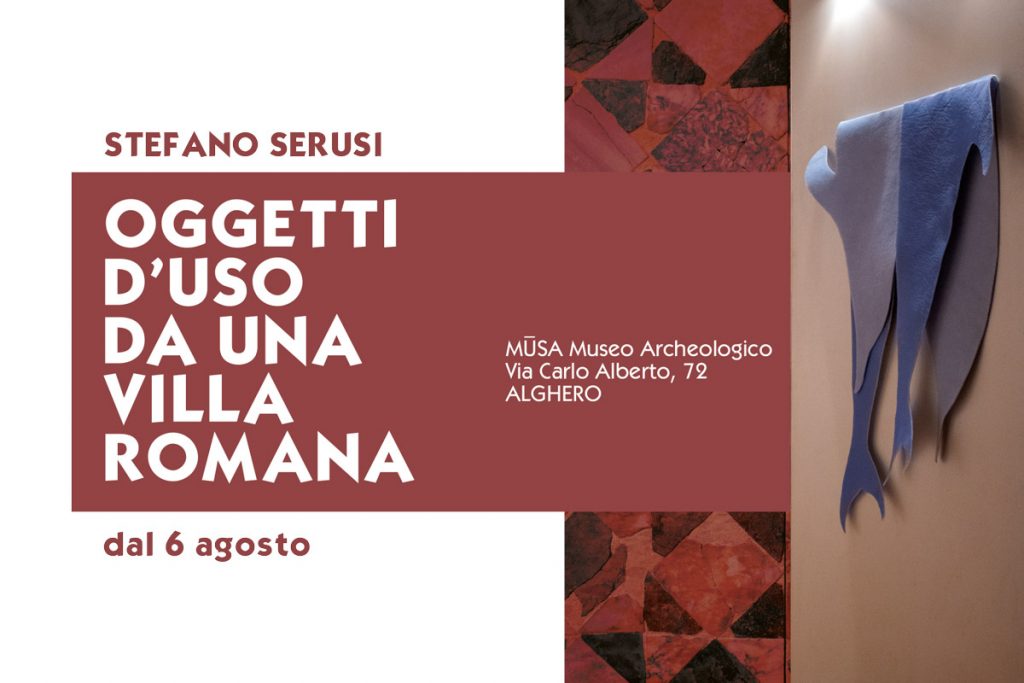

From August 6 at the MŪSA | Museo Archeologico di Alghero.
The Roman Villa of Sant'Imbenia overlooks the sea in one of the most protected spots in the bay of Porto Conte: Nymphaion limèn, Port of the Nymphs, mentioned by the geographer Ptolemy in the 2nd century AD.
A series of excavations, carried out discontinuously from the end of the 1950s until 1980 and then resumed from 1994 to 1999 and from 2003 to 2009, revealed the remains of a large, luxurious dwelling presumably dating from between the 1st and 3rd centuries AD.
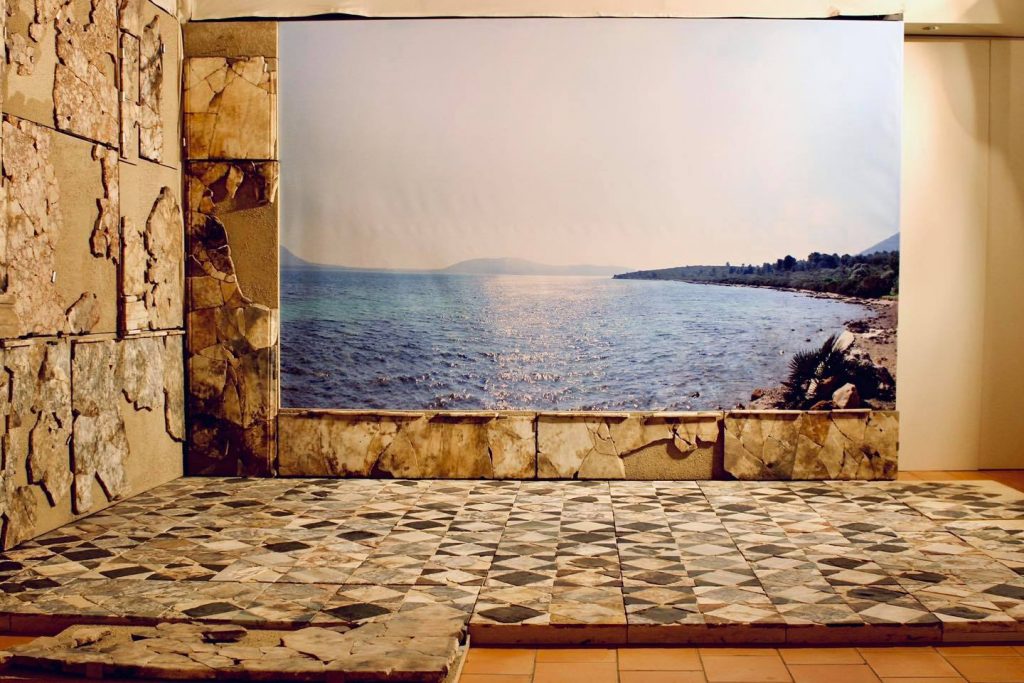

This must have once been a sumptuous and opulent domus, a summer residence which undoubtedly belonged to a wealthy family of the Roman aristocracy whose identity remains unknown.
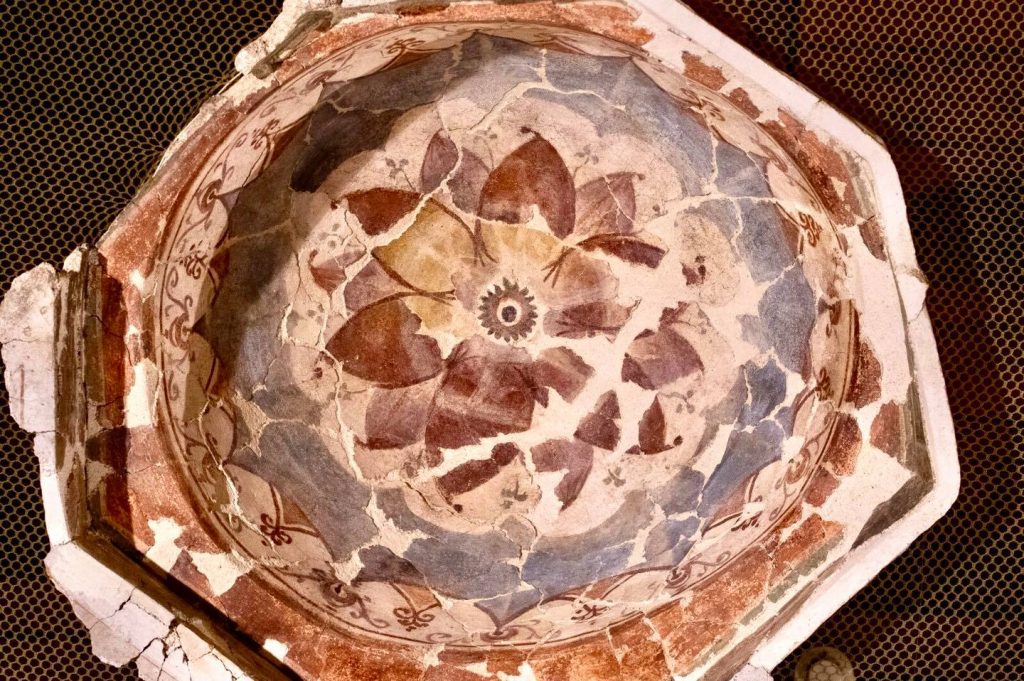

The value and variety of the raw materials used, coming from all over the Mediterranean, the construction techniques and the great artistic value of the architectural elements, give the Roman Villa of Sant'Imbenia an international character and qualify it as the richest and most important on the island of Sardinia.
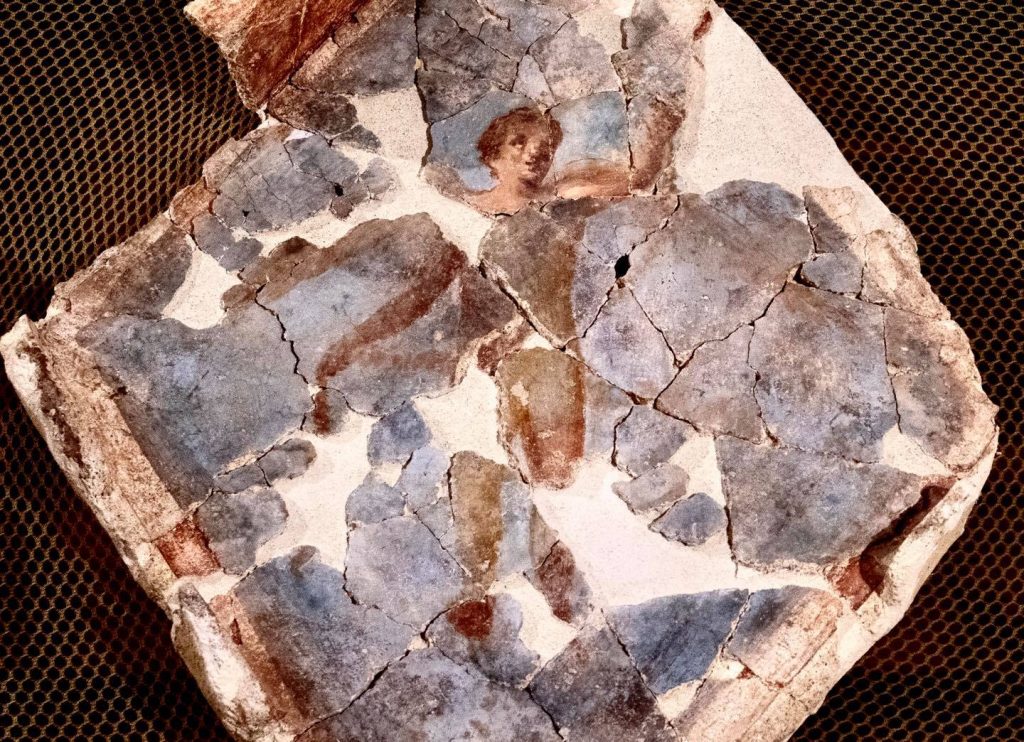

Today, the villa’s archaeological heritage communicates with the present through the artistic research of Stefano Serusi, who draws on the context of the domus to recreate innovative, fresh and openly anachronistic imagery.
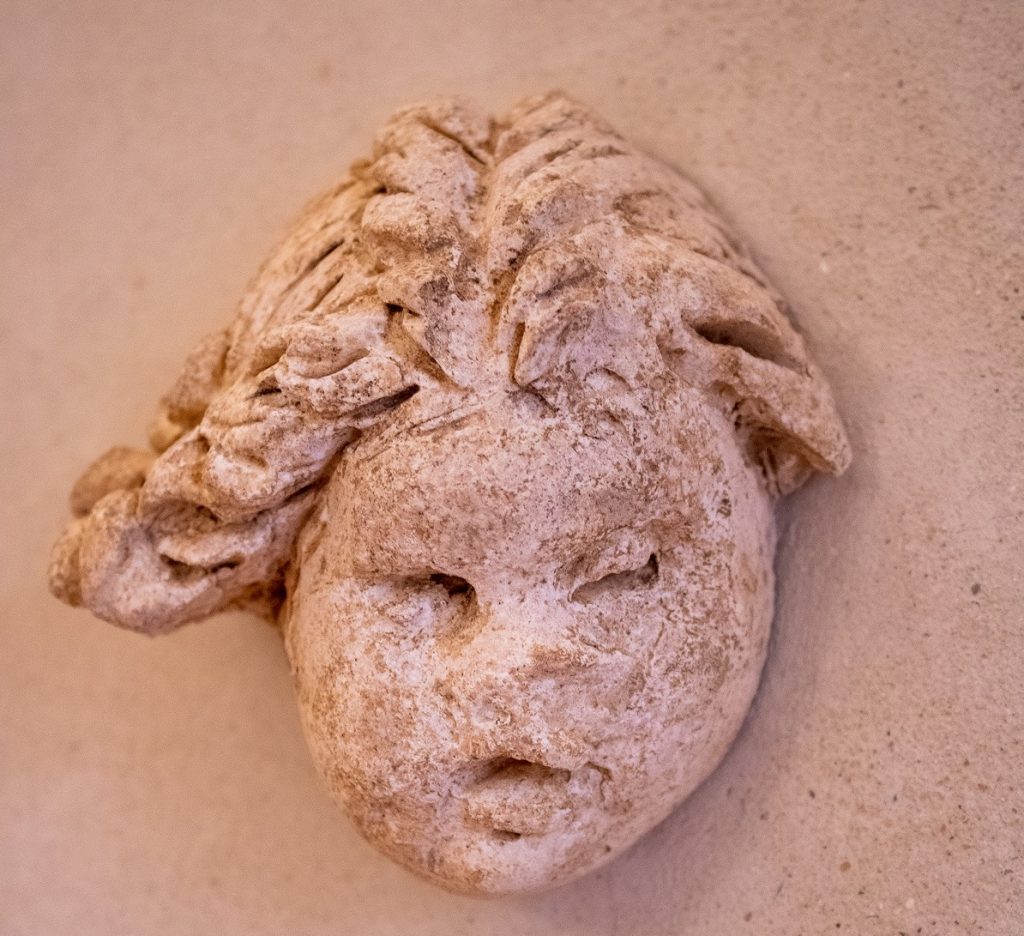

The artist imagines himself as a guest in the still-inhabited villa and, through careful observation of the excavations and artefacts, reconstructs clearly contemporary objects establishing a new relationship with the surrounding context.
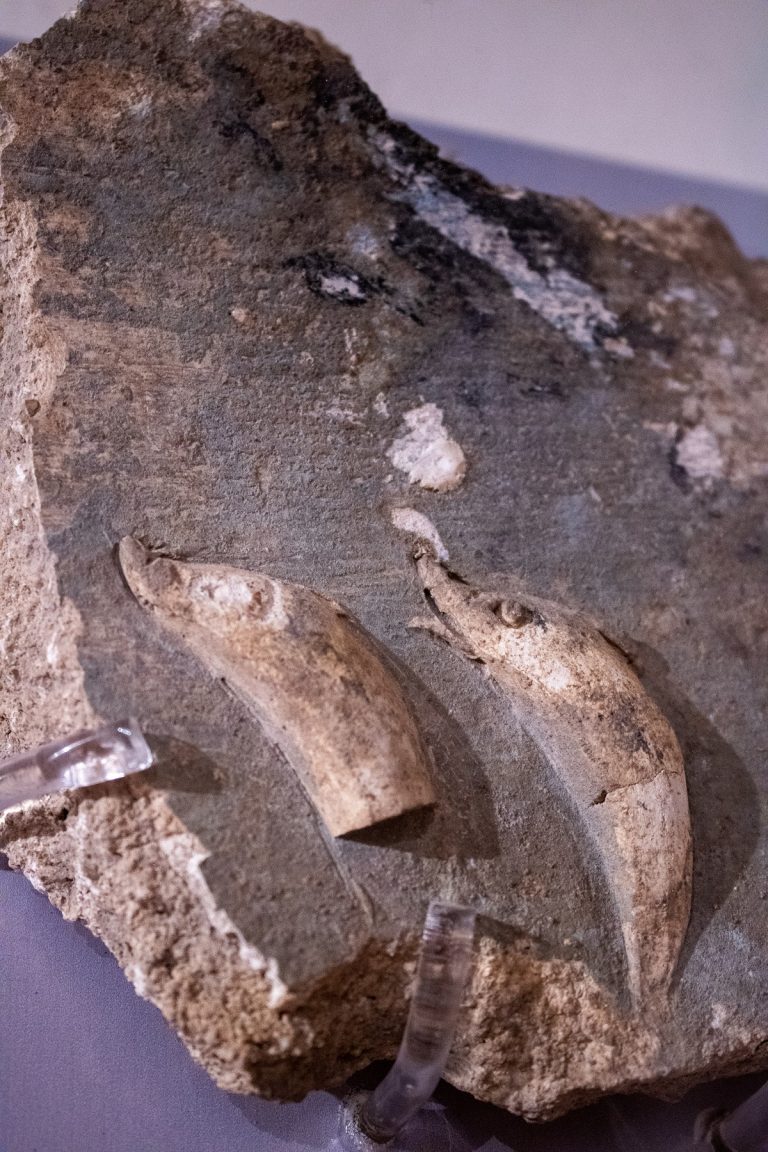

Particularly interested in marine iconography and the search for beauty, still evident in the villa’s visible details, Serusi reinterprets the fragment depicting dolphins, now kept in the Museum, as part of a place devoted to water and creates dolphin-shaped towels using contemporary materials.
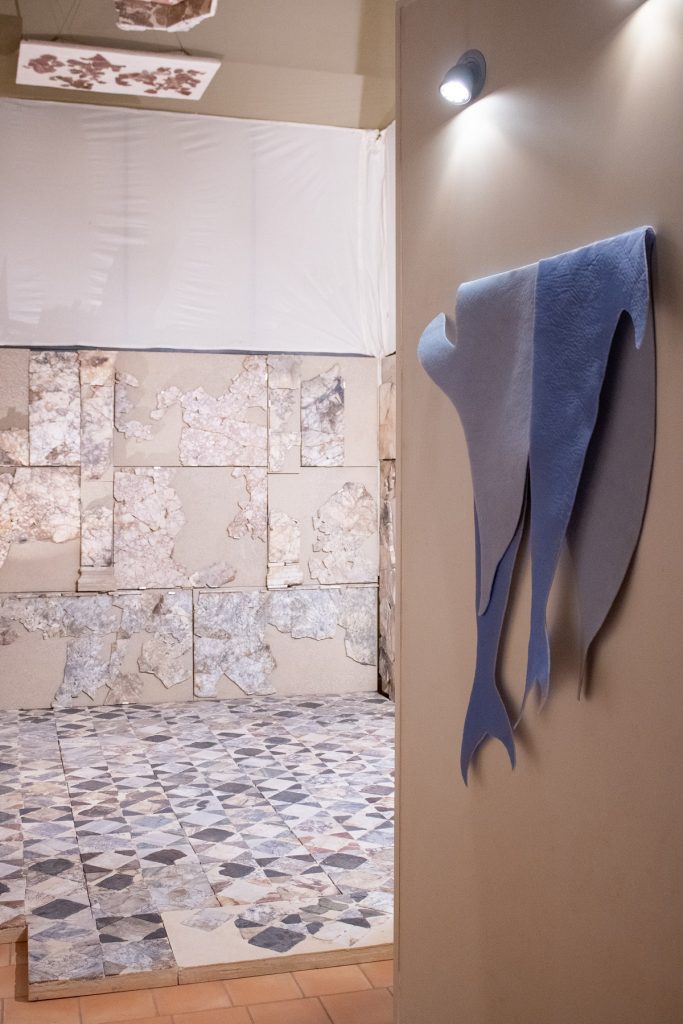

Drawing on the various origins of the raw materials used in the construction of the villa, he installs a Greek souvenir, portraying the head of a boxer, as an ornamental addition to a column ashtray decorated with seabed imagery.


Through contrast, Stefano Serusi's everyday objects seem to find meaning in the very setting of the villa: the elements the artist imagines punctuate the everyday life of Sant'Imbenia infiltrate the setting, nestling amongst the artefacts as if they too came from the excavation campaigns.
This deliberately jarring union places the archaeological heritage of the villa in a suspended, almost metaphysical dimension, in a time of contrasts and apparent incommunicability which, if observed carefully, translates into a dialogue between past and present, archaeology and art, artist and visitors.
The visitor is asked, at this point, to exercise their imagination: to ponder what daily life might have been like inside the villa, to wander its spaces and recount what his/her personal "Everyday objects from a Roman villa" would be.
The objects, depending on the imagination of those who are inspired by the exhibition, can be represented by images, drawings, words, photographs, sounds...
The public will be invited to interact with the exhibition through the museum's social channels by sharing their own free interpretation of the objects.
Share your objects with us and they will become part of the museum's virtual collection!
Instagram: museoarcheologicoalghero
Facebook: museoarcheologicoalghero
Brochure download Everyday objects from a Roman villa
